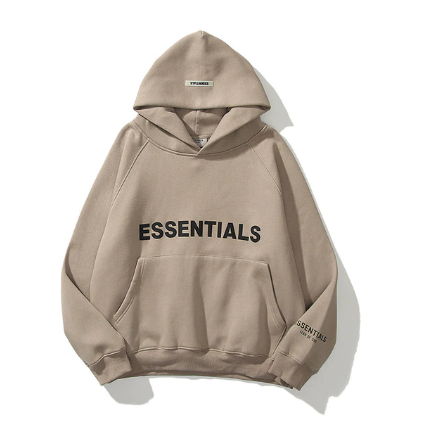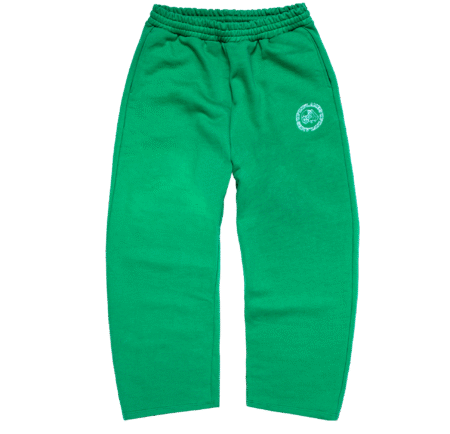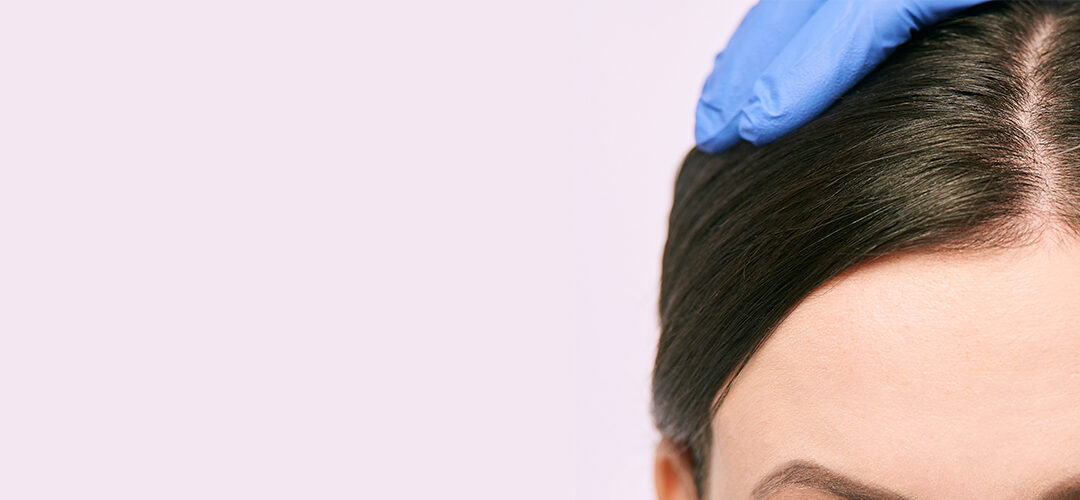The Rise of a Cultural Phenomenon
In the evolving landscape of modern fashion, few brands have managed to leave as profound an imprint as Fear of God. Founded by Jerry Lorenzo in 2013, the label was born from a desire to merge the spiritual undertones of its name with the raw, authentic energy of American culture. What makes Essentials Fear of God stand out is its ability to occupy the sweet spot between luxury fashion and streetwear, producing pieces that are both aspirational and wearable. While the mainline Fear of God collections capture high-end elegance and tailoring, its diffusion line Essentials has emerged as a cultural powerhouse on its own, delivering timeless basics at a more accessible price point without compromising on style or quality. Essentials Fear of God has become more than just clothing—it represents a lifestyle, a movement, and a bridge between exclusivity and everyday fashion.
Jerry Lorenzo’s Vision: The Man Behind the Brand
Understanding the impact of Essentials requires first appreciating the mind behind it. Jerry Lorenzo did not follow the traditional fashion-school-to-runway path. Instead, he drew inspiration from his personal experiences—whether from working in sports management, styling, or his deep-rooted spirituality. His father, Jerry Manuel, a professional baseball player and manager, introduced him early on to the influence of sports and culture, while Lorenzo’s faith and creative instincts helped him carve a unique path in fashion.
Fear of God was never about following trends; it was about creating pieces that felt honest, versatile, and reflective of real life. When Lorenzo expanded into Essentials, it was with the aim of democratizing his design philosophy. Essentials became the answer to a growing demand: fashion that feels luxurious yet remains attainable.
The Birth of Essentials: Redefining Everyday Wear
Launched in 2018, Essentials Fear of God was not just a secondary line—it was a bold experiment. Streetwear had already begun infiltrating luxury spaces, but there was still a gap between affordability and design credibility. Essentials stepped in to fill this void, offering high-quality wardrobe staples with Lorenzo’s signature aesthetic at a fraction of the cost of the mainline.
Essentials became synonymous with neutral tones, oversized silhouettes, and premium comfort. The line distilled the essence of Fear of God into its most wearable form, creating items that were versatile enough for daily use but stylish enough to resonate with the fashion-conscious. Whether it was hoodies, sweatpants, or T-shirts, Essentials elevated the idea of basics into must-have pieces.
The Power of Minimalism: A Distinct Aesthetic
One of the most recognizable aspects of Essentials Fear of God is its minimalist aesthetic. The designs rarely rely on loud graphics or overly complex details. Instead, they emphasize clean lines, muted color palettes, and subtle branding. The “ESSENTIALS” logo often appears boldly across the chest or back, but it is executed in a way that feels understated rather than flashy.
This restrained approach to design speaks volumes about the philosophy of the brand. Essentials is not about chasing attention through excess; it is about crafting a wardrobe that feels timeless and versatile. Each piece is designed to be layered, styled in multiple ways, and worn across seasons. In a fashion world often dominated by fleeting trends, Essentials has managed to build its reputation on the principle of longevity.
The Essentials Hoodie: A Symbol of Streetwear Luxury
When people think of Essentials Fear of God, the first image that often comes to mind is the hoodie. This single garment has become emblematic of the brand’s influence, representing comfort, quality, and cultural relevance.
What makes the Essentials hoodie unique is not only its construction but its aura. Made from premium cotton blends, it combines softness with durability, allowing it to withstand everyday wear without losing its shape. The oversized fit gives it a relaxed, effortless vibe, while the muted tones—such as beige, taupe, cream, and black—make it easy to pair with virtually anything.
The hoodie has transcended clothing to become a cultural symbol. Worn by celebrities, athletes, and influencers, it has cemented its place as a modern-day uniform for those who appreciate understated luxury. In many ways, the hoodie embodies the ethos of Essentials: making something simple feel extraordinary.
The Influence of Celebrity Culture and Pop Icons
Part of Essentials’ meteoric rise is due to its widespread adoption by cultural icons. From Justin Bieber to Kanye West, from athletes in the NBA to global influencers, the brand has found its way into wardrobes across the entertainment industry. This visibility has amplified the brand’s influence, turning what was once a niche streetwear line into a mainstream phenomenon.
However, Essentials did not rely solely on celebrity endorsements. The appeal was organic. People gravitated toward the brand not because it was pushed aggressively through marketing, but because it resonated with their desire for comfort, quality, and style. The word-of-mouth effect, combined with the power of social media, made Essentials a household name in the fashion space.
Essentials vs. Fear of God Mainline: Two Sides of the Same Coin
Though often mentioned together, Fear of God and Essentials serve different purposes within the fashion world. The mainline Fear of God collections lean heavily toward luxury, featuring tailored silhouettes, intricate layering, and higher price tags. These pieces cater to a clientele that values exclusivity and is willing to invest in statement fashion.
Essentials, on the other hand, takes the DNA of Fear of God and translates it into clothing that feels approachable and wearable. It maintains the same design principles but strips away the exclusivity. This duality allows Jerry Lorenzo to cater to both worlds: those who seek luxury fashion statements and those who desire everyday pieces with elevated design.
The Essentials Color Palette: Mastering Neutrals
One of the brand’s strongest assets is its ability to create clothing that feels timeless through color. Essentials often revolves around earth tones, muted neutrals, and monochromatic shades. From oatmeal to cement grey, from muted sage to off-white, the color palette reflects calmness and sophistication.
These tones are not just aesthetically pleasing; they are practical. They allow consumers to mix and match pieces effortlessly, creating wardrobes that function seamlessly. The result is a collection that is not only stylish but also functional—something that resonates deeply with today’s consumers who value both design and utility.
Quality Meets Accessibility: A Rare Balance
In the crowded fashion industry, achieving a balance between quality and accessibility is no easy task. Many brands either sacrifice quality for affordability or price themselves out of reach. Essentials has managed to avoid both extremes. While not as inexpensive as fast fashion, it remains far more accessible than most luxury labels, all while maintaining a commitment to craftsmanship.
Every Essentials piece is designed with longevity in mind. From the weight of the fabric to the stitching, the brand prioritizes durability. This approach not only builds consumer trust but also establishes Essentials as a sustainable alternative in a world grappling with the negative impacts of disposable fashion.
The Role of Limited Drops and Hype Culture
Like many streetwear labels, Essentials leverages the strategy of limited drops to fuel demand. New collections are released in carefully timed intervals, often selling out within hours of launch. This scarcity creates a sense of urgency and elevates the perceived value of each item.
But Essentials is more than just hype. While limited availability drives interest, it is the consistent quality and timeless design that keep customers coming back. Essentials has proven that hype can coexist with substance, creating a loyal following that extends beyond trend-driven fashion.
Essentials in the Global Market: A Worldwide Phenomenon
What started as an American streetwear experiment has grown into a global movement. Essentials is now a staple in wardrobes across continents, embraced by fashion enthusiasts from Los Angeles to London, Tokyo to Paris. Its universal appeal lies in its ability to transcend cultural boundaries—after all, who doesn’t appreciate a well-made hoodie or a perfectly fitted sweatpant?
Retail collaborations with major outlets such as PacSun have also played a crucial role in making Essentials more widely available. These partnerships ensure that while the brand maintains exclusivity, it remains within reach for a global audience.
The Lifestyle Factor: More Than Just Clothing
Essentials Fear of God is not merely about apparel—it has evolved into a lifestyle brand. Wearing Essentials communicates more than just fashion preferences; it signals values of comfort, confidence, and understated luxury. The brand aligns with the modern consumer’s desire for authenticity and mindfulness, promoting the idea that less is more, and simplicity can be powerful.
In this way, Essentials mirrors cultural shifts toward intentional living. Just as minimalism has become a guiding principle in design, lifestyle, and even digital spaces, Essentials represents that same philosophy in fashion.
Challenges and Criticism: Walking the Fine Line
Despite its success, Essentials is not without criticism. Some argue that the brand’s prices, while lower than Fear of God’s mainline, are still too high for basics. Others critique the heavy reliance on branding, particularly the oversized “ESSENTIALS” logo featured on many pieces.
Yet, these criticisms have done little to slow the momentum of the brand. In fact, the strong opinions surrounding Essentials only highlight its cultural relevance. In fashion, controversy often sparks dialogue, and dialogue is what keeps a brand alive in public consciousness.
The Future of Essentials Fear of God
Looking ahead, the future of Essentials Fear of God appears bright. With Jerry Lorenzo’s appointment as the Global Head of Adidas Basketball, the brand’s influence is set to expand even further, potentially leading to collaborations that blend fashion and performance sportswear in groundbreaking ways. Essentials will likely continue to evolve while staying true to its roots—delivering timeless, comfortable, and stylish clothing for the everyday individual.
As the fashion industry shifts toward sustainability, inclusivity, and versatility, Essentials is uniquely positioned to remain relevant. Its balance of minimalism, accessibility, and cultural resonance ensures that it will continue to shape the future of streetwear.
Why Essentials Fear of God Matters
Essentials Hoodie is not just another diffusion line—it is a statement about what modern fashion should be. By prioritizing simplicity, comfort, and quality, Jerry Lorenzo has created a brand that resonates with people across demographics and cultures. Essentials has democratized luxury, proving that style does not have to be loud to make an impact, and that the everyday wardrobe can be just as powerful as the runway.
In a world increasingly cluttered with fast-changing trends, Essentials stands as a reminder of the beauty of timelessness. It represents more than just clothing; it embodies a philosophy—a belief that what is essential is not only enough but extraordinary.







0 Comments